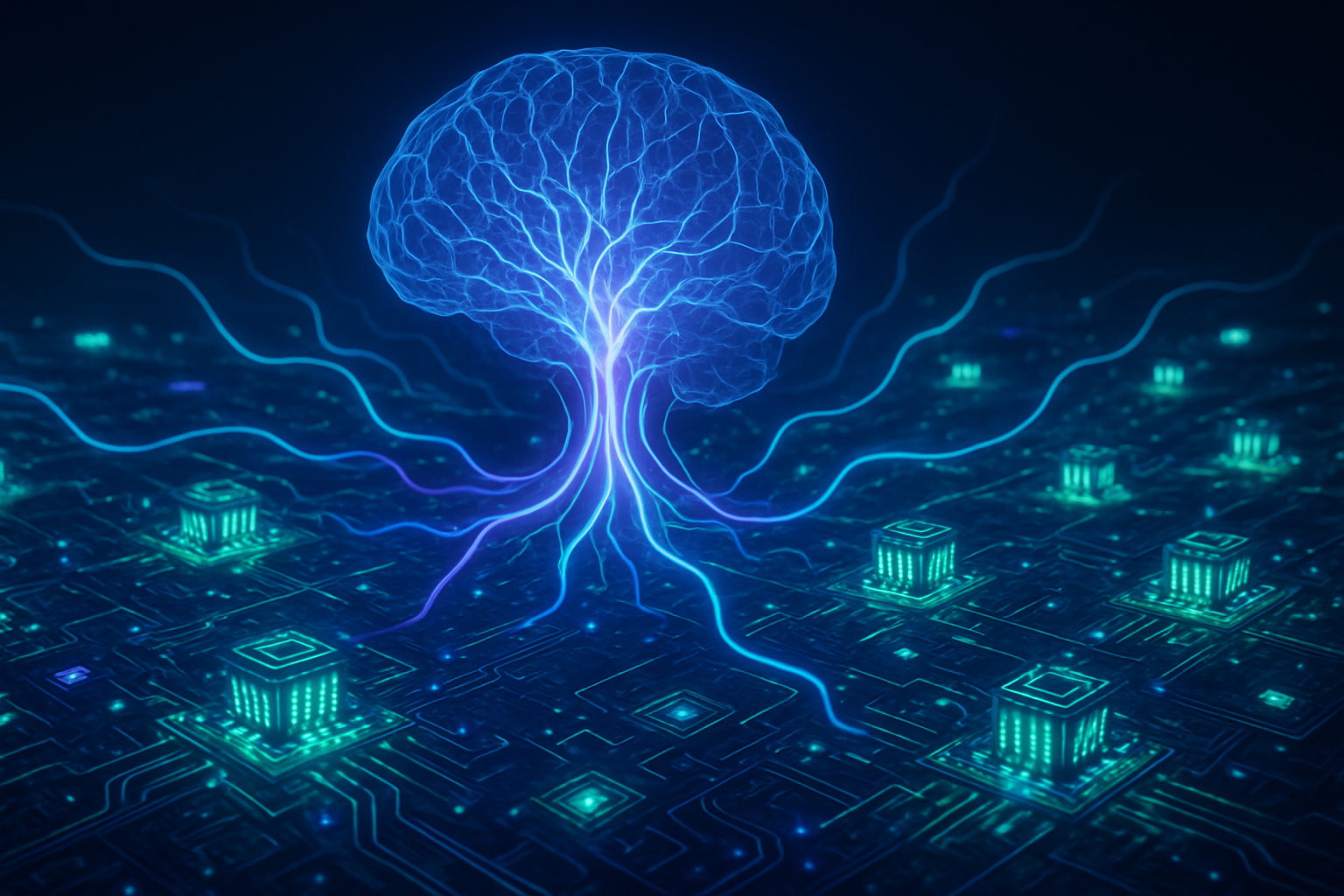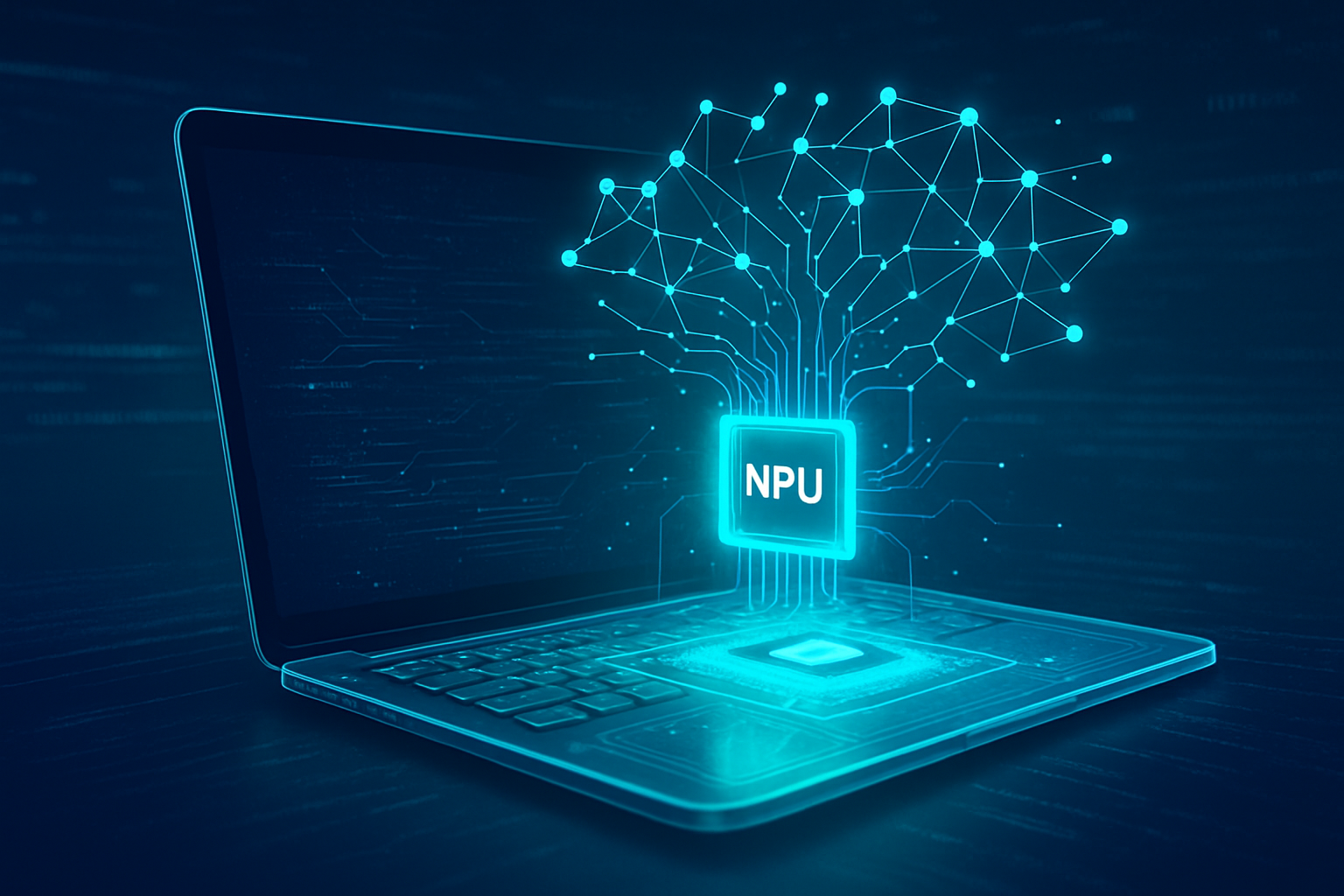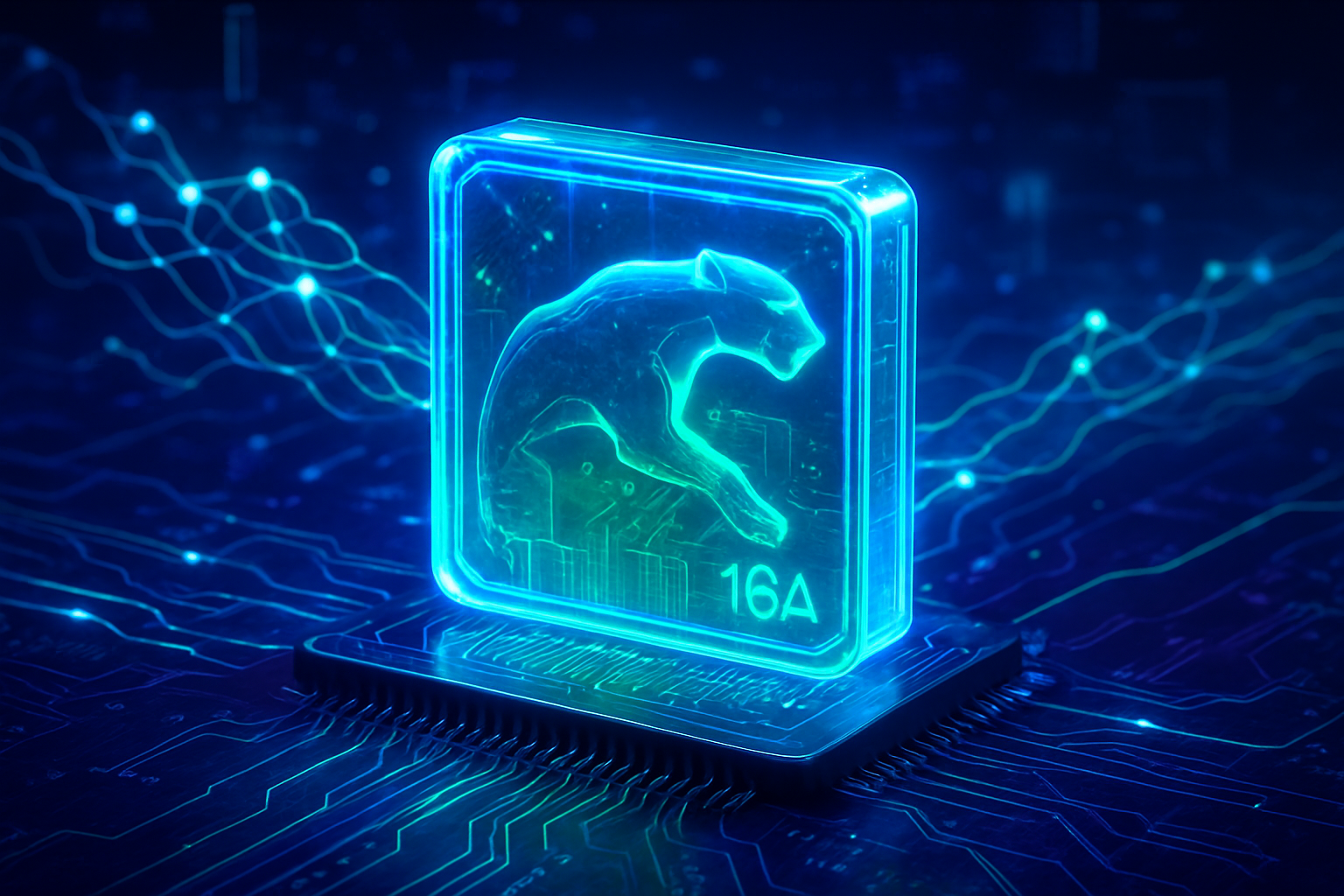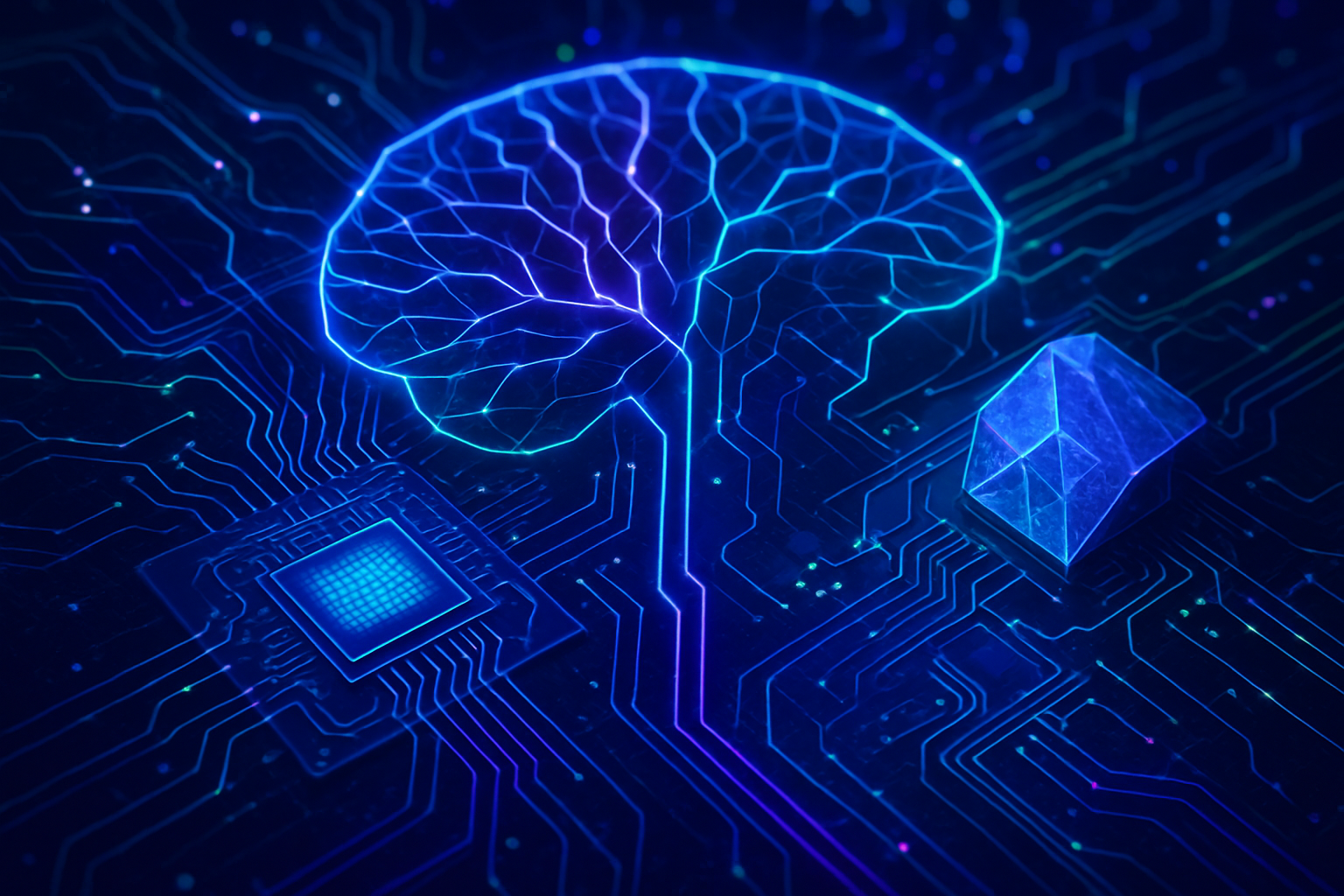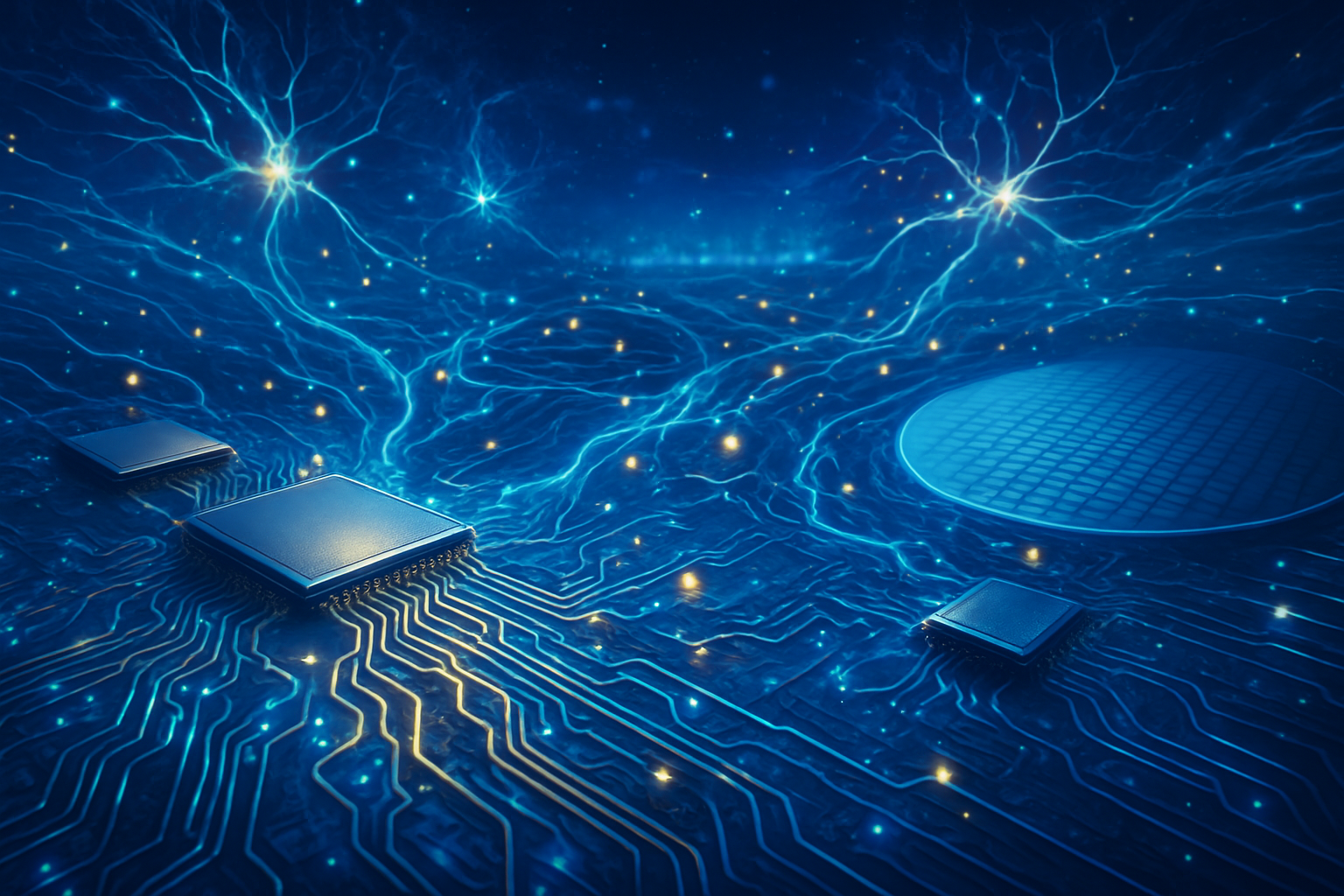The landscape of artificial intelligence is undergoing a profound transformation, moving beyond the confines of centralized cloud data centers to the very periphery of networks. This paradigm shift, driven by the synergistic interplay of AI and edge computing, is manifesting in the rapid development of specialized semiconductor chips. These innovative processors are meticulously engineered to bring AI processing closer to the data source, enabling real-time AI applications that promise to redefine industries from autonomous vehicles to personalized healthcare. This evolution in hardware is not merely an incremental improvement but a fundamental re-architecting of how AI is deployed, making it more ubiquitous, efficient, and responsive.
The immediate significance of this trend in semiconductor development is the enablement of truly intelligent edge devices. By performing AI computations locally, these chips dramatically reduce latency, conserve bandwidth, enhance privacy, and ensure reliability even in environments with limited or no internet connectivity. This is crucial for time-sensitive applications where milliseconds matter, fostering a new age in predictive analysis and operational performance across a broad spectrum of industries.
The Silicon Revolution: Technical Deep Dive into Edge AI Accelerators
The technical advancements driving Edge AI are characterized by a diverse range of architectures and increasing capabilities, all aimed at optimizing AI workloads under strict power and resource constraints. Unlike general-purpose CPUs or even traditional GPUs, these specialized chips are purpose-built for the unique demands of neural networks.
At the heart of this revolution are Neural Processing Units (NPUs) and Application-Specific Integrated Circuits (ASICs). NPUs, such as those found in Intel's (NASDAQ: INTC) Core Ultra processors and Arm's Ethos-U55, are designed for highly parallel neural network computations, excelling at tasks like image recognition and natural language processing. They often support low-bitwidth operations (INT4, INT8, FP8, FP16) for superior energy efficiency. Google's (NASDAQ: GOOGL) Edge TPU, an ASIC, delivers impressive tera-operations per second (TOPS) of INT8 performance at minimal power consumption, a testament to the efficiency of specialized design. Startups like Hailo and SiMa.ai are pushing boundaries, with Hailo-8 achieving up to 26 TOPS at around 2.5W (10 TOPS/W efficiency) and SiMa.ai's MLSoC delivering 50 TOPS at roughly 5W, with a second generation optimized for transformer architectures and Large Language Models (LLMs) like Llama2-7B.
This approach significantly differs from previous cloud-centric models where raw data was sent to distant data centers for processing. Edge AI chips bypass this round-trip delay, enabling real-time responses critical for autonomous systems. Furthermore, they address the "memory wall" bottleneck through innovative memory architectures like In-Memory Computing (IMC), which integrates compute functions directly into memory, drastically reducing data movement and improving energy efficiency. The AI research community and industry experts have largely embraced these developments with excitement, recognizing the transformative potential to enable new services while acknowledging challenges like balancing accuracy with resource constraints and ensuring robust security on distributed devices. NVIDIA's (NASDAQ: NVDA) chief scientist, Bill Dally, has even noted that AI is "already performing parts of the design process better than humans" in chip design, indicating AI's self-reinforcing role in hardware innovation.
Corporate Chessboard: Impact on Tech Giants, AI Labs, and Startups
The rise of Edge AI semiconductors is fundamentally reshaping the competitive landscape, creating both immense opportunities and strategic imperatives for companies across the tech spectrum.
Tech giants like Google (NASDAQ: GOOGL), Amazon (NASDAQ: AMZN), and Microsoft (NASDAQ: MSFT) are heavily investing in developing their own custom AI chips, such as ASICs and TPUs. This strategy provides them with strategic independence from third-party suppliers, optimizes their massive cloud AI workloads, reduces operational costs, and allows them to offer differentiated AI services. NVIDIA (NASDAQ: NVDA), a long-standing leader in AI hardware with its powerful GPUs and Jetson platform, continues to benefit from the demand for high-performance edge AI, particularly in robotics and advanced computer vision, leveraging its strong CUDA software ecosystem. Intel (NASDAQ: INTC) is also a significant player, with its Movidius accelerators and new Core Ultra processors designed for edge AI.
AI labs and major AI companies are compelled to diversify their hardware supply chains to reduce reliance on single-source suppliers and achieve greater efficiency and scalability for their AI models. The ability to run more complex models on resource-constrained edge devices opens up vast new application domains, from localized generative AI to sophisticated predictive analytics. This shift could disrupt traditional cloud AI service models for certain applications, as more processing moves on-device.
Startups are finding niches by providing highly specialized chips for enterprise needs or innovative power delivery solutions. Companies like Hailo, SiMa.ai, Kinara Inc., and Axelera AI are examples of firms making significant investments in custom silicon for on-device AI. While facing high upfront development costs, these nimble players can carve out disruptive footholds by offering superior performance-per-watt or unique architectural advantages for specific edge AI workloads. Their success often hinges on strategic partnerships with larger companies or focused market penetration in emerging sectors. The lower cost and energy efficiency of advancements in inference ICs also make Edge AI solutions more accessible for smaller companies.
A New Era of Intelligence: Wider Significance and Future Landscape
The proliferation of Edge AI semiconductors signifies a crucial inflection point in the broader AI landscape. It represents a fundamental decentralization of intelligence, moving beyond the cloud to create a hybrid AI ecosystem where AI workloads can dynamically leverage the strengths of both centralized and distributed computing. This fits into broader trends like "Micro AI" for hyper-efficient models on tiny devices and "Federated Learning," where devices collaboratively train models without sharing raw data, enhancing privacy and reducing network load. The emergence of "AI PCs" with integrated NPUs also heralds a new era of personal computing with offline AI capabilities.
The impacts are profound: significantly reduced latency enables real-time decision-making for critical applications like autonomous driving and industrial automation. Enhanced privacy and security are achieved by keeping sensitive data local, a vital consideration for healthcare and surveillance. Conserved bandwidth and lower operational costs stem from reduced reliance on continuous cloud communication. This distributed intelligence also ensures greater reliability, as edge devices can operate independently of cloud connectivity.
However, concerns persist. Edge devices inherently face hardware limitations in terms of computational power, memory, and battery life, necessitating aggressive model optimization techniques that can sometimes impact accuracy. The complexity of building and managing vast edge networks, ensuring interoperability across diverse devices, and addressing unique security vulnerabilities (e.g., physical tampering) are ongoing challenges. Furthermore, the rapid evolution of AI models, especially LLMs, creates a "moving target" for chip designers who must hardwire support for future AI capabilities into silicon.
Compared to previous AI milestones, such as the adoption of GPUs for accelerating deep learning in the late 2000s, Edge AI marks a further refinement towards even more tailored and specialized solutions. While GPUs democratized AI training, Edge AI is democratizing AI inference, making intelligence pervasive. This "AI supercycle" is distinct due to its intense focus on the industrialization and scaling of AI, driven by the increasing complexity of modern AI models and the imperative for real-time responsiveness.
The Horizon of Intelligence: Future Developments and Predictions
The future of Edge AI semiconductors promises an even more integrated and intelligent world, with both near-term refinements and long-term architectural shifts on the horizon.
In the near term (1-3 years), expect continued advancements in specialized AI accelerators, with NPUs becoming ubiquitous in consumer devices, from smartphones to "AI PCs" (projected to make up 43% of all PC shipments by the end of 2025). The transition to advanced process nodes (3nm and 2nm) will deliver further power reductions and performance boosts. Innovations in In-Memory Computing (IMC) and Near-Memory Computing (NMC) will move closer to commercial deployment, fundamentally addressing memory bottlenecks and enhancing energy efficiency for data-intensive AI workloads. The focus will remain on achieving ever-greater performance within strict power and thermal budgets, leveraging materials like silicon carbide (SiC) and gallium nitride (GaN) for power management.
Long-term developments (beyond 3 years) include more radical shifts. Neuromorphic computing, inspired by the human brain, promises exceptional energy efficiency and adaptive learning capabilities, proliferating in edge AI and IoT devices. Photonic AI chips, utilizing light for computation, could offer dramatically higher bandwidth and lower power consumption, potentially revolutionizing data centers and distributed AI. The vision of AI-designed and self-optimizing chips, where AI itself becomes an architect in semiconductor development, could lead to fully autonomous manufacturing and continuous refinement of chip fabrication. The nascent integration of quantum computing with AI also holds the potential to unlock problem-solving capabilities far beyond classical limits.
Potential applications on the horizon are vast: truly autonomous vehicles, drones, and robotics making real-time, safety-critical decisions; industrial automation with predictive maintenance and adaptive AI control; smart cities with intelligent traffic management; and hyper-personalized experiences in smart homes, wearables, and healthcare. Challenges include the continuous battle against power consumption and thermal management, optimizing memory bandwidth, ensuring scalability across diverse devices, and managing the escalating costs of advanced R&D and manufacturing.
Experts predict explosive market growth, with the global AI chip market projected to surpass $150 billion in 2025 and potentially reach $1.3 trillion by 2030. This will drive intense diversification and customization of AI chips, moving away from "one size fits all" solutions. AI will become the "backbone of innovation" within the semiconductor industry itself, optimizing chip design and manufacturing. Strategic partnerships between hardware manufacturers, AI software developers, and foundries will be critical to accelerating innovation and capturing market share.
Wrapping Up: The Pervasive Future of AI
The interplay of AI and edge computing in semiconductor development marks a pivotal moment in AI history. It signifies a profound shift towards a distributed, ubiquitous intelligence that promises to integrate AI seamlessly into nearly every device and system. The key takeaway is that specialized hardware, designed for power efficiency and real-time processing, is decentralizing AI, enabling capabilities that were once confined to the cloud to operate at the very source of data.
This development's significance lies in its ability to unlock the next generation of AI applications, fostering highly intelligent and adaptive environments across sectors. The long-term impact will be a world where AI is not just a tool but an embedded, responsive intelligence that enhances daily life, drives industrial efficiency, and accelerates scientific discovery. This shift also holds the promise of more sustainable AI solutions, as local processing often consumes less energy than continuous cloud communication.
In the coming weeks and months, watch for continued exponential market growth and intensified investment in specialized AI hardware. Keep an eye on new generations of custom silicon from major players like NVIDIA (NASDAQ: NVDA), AMD (NASDAQ: AMD), Google (NASDAQ: GOOGL), and Intel (NASDAQ: INTC), as well as groundbreaking innovations from startups in novel computing paradigms. The rollout of "AI PCs" will redefine personal computing, and advancements in advanced networking and interconnects will be crucial for distributed AI workloads. Finally, geopolitical factors concerning semiconductor supply chains will continue to heavily influence the global AI hardware market, making resilience in manufacturing and supply critical. The semiconductor industry isn't just adapting to AI; it's actively shaping its future, pushing the boundaries of what intelligent systems can achieve at the edge.
This content is intended for informational purposes only and represents analysis of current AI developments.
TokenRing AI delivers enterprise-grade solutions for multi-agent AI workflow orchestration, AI-powered development tools, and seamless remote collaboration platforms.
For more information, visit https://www.tokenring.ai/.
